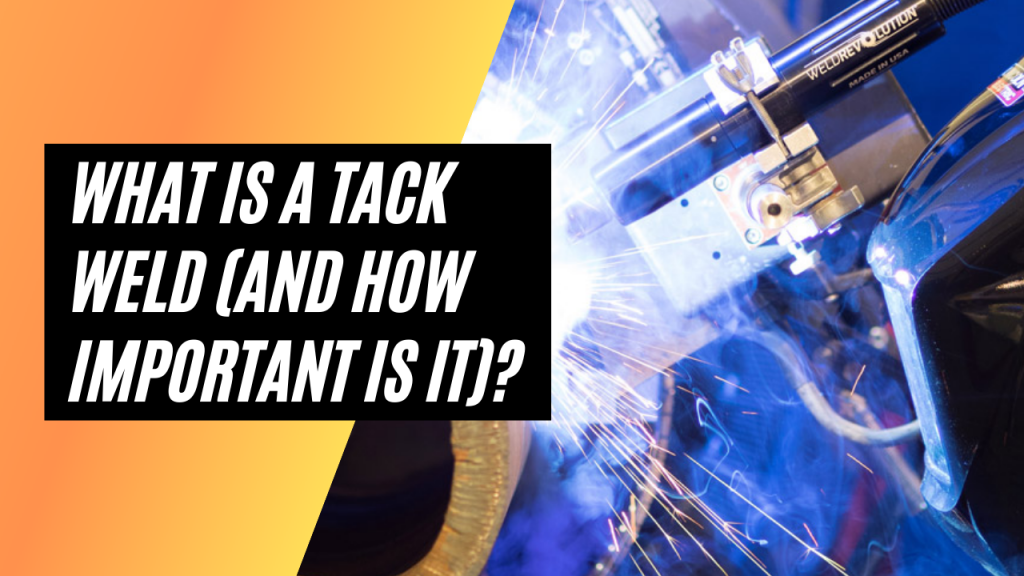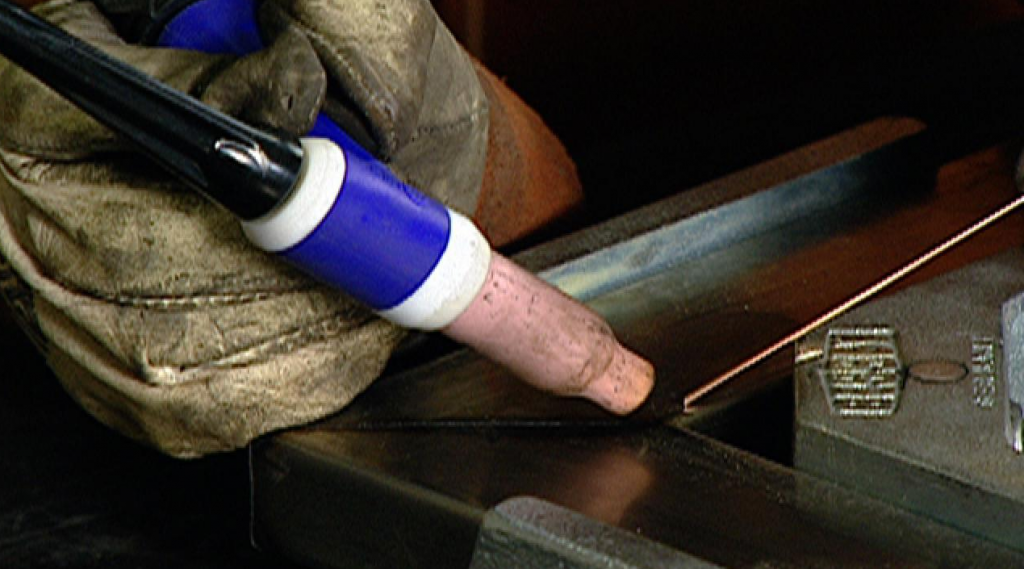Ttack welds are small and temporary welds that are used to hold parts together and prepare them for final welding. In order to create a finished weld, fixtures may not be necessary to hold parts together. Tack welds are used to ensure that metal pieces being joined remain aligned and separated by a specified gap.
150 Cases
Considered
180 Hours of Research
160 Welders
Interviewed
350 Articles
Analyzed
In this article you will find out what is a tack weld, Why are tack welds significant , What is the process and How Is It Used When Fabricating Projects?
What is Tack welding?

Once the elements to be welded together have been positioned as required, usually by fastening them with appropriate fasteners, Tack welding is used as a temporary means of holding components in place, aligned, and spaced until complete—the final weld.
In manual welding operations with short production times, parts can be positioned by Tack welding without the use of templates. Tack seams are generally short welds. Each construction involves sewing several separate seams to hold the edges together.
Relevant Read: SALARY OF UNDERWATER WELDERS
An advantage of this preliminary assembly process is that parts can be easily disassembled, reoriented, and re-glued if the alignment turns out to be incorrect for the final weld.
In general, Tack welding is done using the same procedure that was used for the final welding. For example, aluminum alloy assemblies assembled by friction stir welding are Tack welded using the same process using a small tool designed for this purpose.
Reduced power electron beam Tack welds are used to supplement or replace the apparatus and maintain the correct shape and dimensions in the final electron beam weld.
If the final welding is done while the elements are still clamped in a fitting, the Tack welding must hold the pieces in place and withstand large loads that are not sufficiently contrasted by clamps that tend to separate the components.
Relevant Read: Best Welding Helmets for Beginners
Why are Tack welds significant?
The temporality of the welds can create the false impression that the quality of these assembly aids is not as important as that of the final weld. This operation does not need to be correctly programmed, performed, and checked. That’s not true.
Tack welding is proper welding even if the welds are deposited in separate short joints. It performs the following functions:
Risk of faulty Tack welding

When lifted, loose welds can break, and parts or subassemblies can fall and endanger people or damage property.
Tack welding should not affect or alter the quality of the final weld. There should be no weld defects such as arcs, craters, cracks, hard Tacks, and slag.
Relevant Read: Types of Welding
Many steel sheets used in pipe and container fabrication are sensitive to quenching especially after short Tack welds, due to the limited heat input required for Tack welds.
Note: increased heat input slows down the cooling rate, minimizing the appearance of hard and brittle microstructures.
Hard, brittle, and crack-sensitive microstructures can form in the heat-affected zone (HAZ) if the metal is rapidly cooled. In this case, even removing all of the tack weldings by grinding can leave dangerous and invisible cracks in the base metal.
Brittle metal can crack when the welded metal solidifies or is stressed. The heel cracks are not easily detected by visual inspection and may not be non – destructive testing deeper if deemed irrelevant to these limited welds. However, these small cracks can cause the entire structure to fail.
Relevant Read: MIG vs. TIG Welding
Quality control of Tack welds
To ensure quality, most codes require that Tack welding be performed only following qualified welding procedures by welders who are fully certified in the final welding process.
The requirements apply to each welding process used.
Distortion control procedure
In all fusion welding processes, the tack joints‘ sequence and direction are essential to control deformation. In addition to maintaining joint space, Tack joints must resist transverse shrinkage to ensure sufficient weld bead penetration.
For a long seam, the Tack welding should start in the middle and continue along the seam alternately in both directions in the correct reverse or jump to avoid stress build-up and warping.
Relevant Read: Best auto darkening welding helmet
The frame seams can also be laid at the ends of the seams, then added in the middle of each resulting gap between the ready-made ones until the entire length is covered with the required number of openings.
Why staple in such sequences? Because if the tack joints are gradually placed from one end to the other, the notch can close the gap at the opposite end and even overlap one end of the sheet over the other.
Due to the higher thermal expansion of austenitic stainless steel, the distance between welds in these materials must be much shorter than in mild steel.
Relevant Read: Best welding helmet
Tack Welding Requirements

Tack welding is an essential step in preparing pipes for welding. Care must be taken to ensure correct alignment and uniform root (joint space) opening to control the most critical root passage’s success. While this work can be left to the installers, it must be closely supervised to ensure workers are appropriately qualified.
The number and size of the tack joints depend on the pipe’s diameter and the thickness of the wall. Tack fusion welds must be of the same quality as the final weld.
Relevant Read: BEST BUDGET WELDING HELMETS UNDER $100
All tack joints should be thoroughly cleaned before proceeding with the final weld.
The two ends of each weld point, which are the start and stop (these are weak points that often have unacceptable flaws), must be ground to remove any defects and have a very gradual slope that inserts the sides of the weld into the metal.
Relevant Read: Best TIG Welder For Aluminum
Additional precautions
If Tack welding is used as a welding device, the area around the tack point must be thoroughly cleaned to remove any oxides generated during welding.
In semi-automatic and automatic welding, the end welding electrode’s meeting points with the welding points can interfere with the control of the arc voltage and the feeding of the filler wire. Therefore, manual assistance is significant to maintain quality.
Tack welding is an essential part of a successful welding project, be it simple or complex. Therefore, it is imperative to get the process done correctly and minimize the risks associated with improper Tack welding.
Relevant Read: Top 10 Best TIG Welders